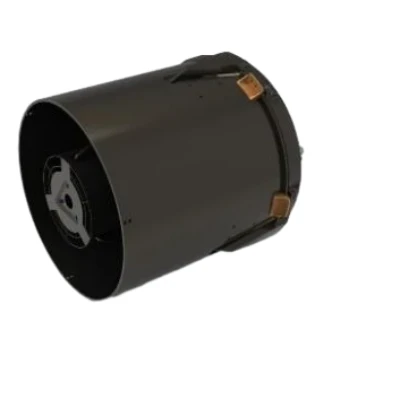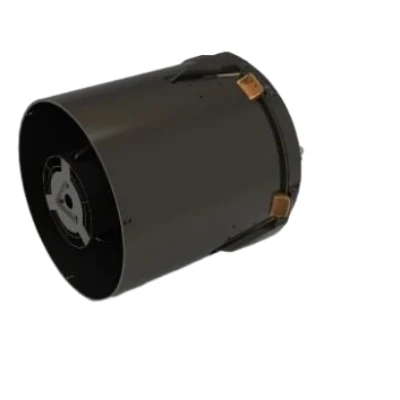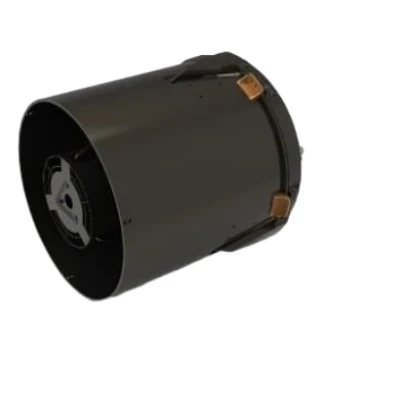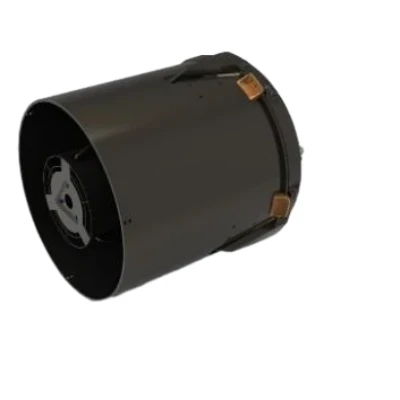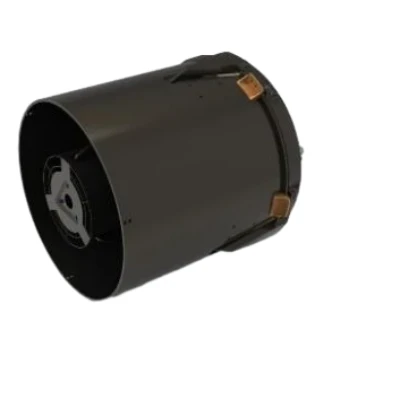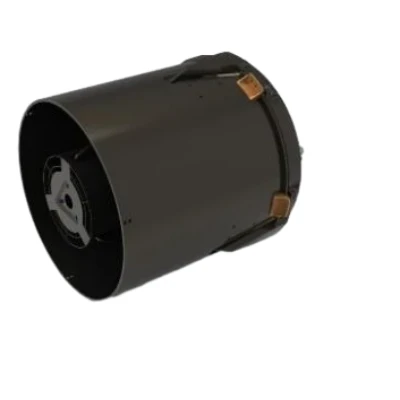
- african
- albanez
- amharică
- arabic
- armean
- Azerbaidjan
- bască
- Belarus
- bengaleză
- Bosniac
- bulgar
- catalan
- Cebuano
- China
- corsicană
- croat
- ceh
- danez
- olandeză
- engleză
- esperanto
- estonă
- finlandeză
- franceză
- frizonă
- Galician
- georgian
- german
- greacă
- Gujarati
- creolul haitian
- Hausa
- hawaian
- ebraică
- Nu
- Miao
- maghiară
- islandez
- igbo
- indoneziană
- irlandez
- italian
- japonez
- javaneză
- Kannada
- kazah
- Khmer
- ruandez
- coreean
- kurdă
- Kârgâz
- Muncă
- latin
- letonă
- lituanian
- luxemburghez
- macedonean
- malgaș
- Malaeză
- Malayalam
- malteză
- maori
- marathi
- mongol
- Myanmar
- nepaleză
- norvegian
- norvegian
- occitană
- Pashto
- persană
- Lustrui
- portugheză
- punjabi
- română
- rusă
- samoană
- gaelic scoțian
- sârb
- engleză
- Shona
- Sindhi
- Sinhala
- slovacă
- slovenă
- somalez
- spaniolă
- Sundaneza
- Swahili
- suedez
- tagalog
- Tadjik
- tamil
- tătar
- Telugu
- thailandez
- turc
- turkmeni
- ucrainean
- Urdu
- Uighur
- uzbec
- vietnamez
- galeză
- Ajutor
- idiş
- Yoruba
- Zulu
Advantages of Remote Sensing: Unlocking New Perspectives on Earth Observation
The advantages of remote sensing have revolutionized how scientists, governments, and industries collect, analyze, and utilize information about our planet. By enabling the acquisition of data without direct physical contact, remote sensing provides unique capabilities for large-scale and detailed monitoring of Earth's surface and atmosphere. This technology supports a vast range of applications—from environmental conservation and disaster management to urban planning and agriculture. With the rise of accessible platforms offering remote sensing data free and very high-resolution satellite imagery free, the benefits of remote sensing are more accessible than ever. This article explores the key advantages of remote sensing, highlights various remote sensing data examples, explains the remote sensing process, and discusses the importance of understanding what is remote sensing in Geography alongside the types of remote sensing available.
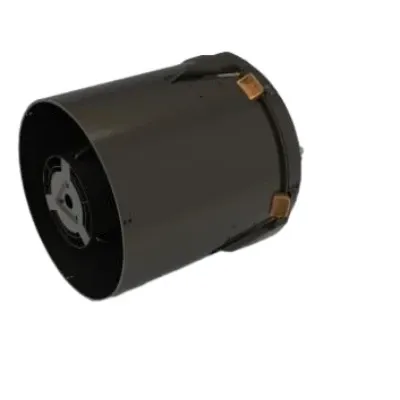
Comprehensive Coverage and Accessibility
One of the primary advantages of remote sensing is its ability to provide comprehensive coverage of vast and remote areas that would otherwise be difficult or impossible to study on the ground. Satellites orbiting Earth can capture images and data across continents, oceans, and polar regions regularly and systematically.
This extensive coverage supports global environmental monitoring, including tracking deforestation, desertification, glacial retreat, and oceanic phenomena. Moreover, advances in technology have led to the development of very high-resolution satellite imagery free available on platforms like Google Earth, making detailed data accessible to researchers, policymakers, and the general public alike.
Timeliness and Repetitive Data Collection
Another significant benefit is the timeliness of data acquisition and the ability to collect repetitive observations over time. Many satellite missions provide continuous or frequent revisits to specific areas, enabling the monitoring of dynamic processes such as urban expansion, agricultural cycles, or natural disasters.
The availability of real-time satellite imagery free on platforms like NASA Worldview facilitates immediate response to events such as wildfires, floods, and hurricanes. This timely information supports emergency management and disaster mitigation efforts, reducing risks to human life and property.
Multispectral and Multidimensional Data
Remote sensing sensors capture information across multiple spectral bands, beyond what the human eye can see. This includes visible, infrared, thermal, and microwave regions of the electromagnetic spectrum. The types of remote sensing —active and passive—offer diverse data forms like optical imagery, radar, LiDAR, and thermal data.
Such multispectral and multidimensional data enable the detection and analysis of various physical, biological, and chemical characteristics of Earth's surface. For instance, multispectral images can assess vegetation health, thermal data can detect urban heat islands, and radar can penetrate cloud cover to monitor terrain.
Cost-Effectiveness and Safety
Compared to traditional ground surveys or aerial photography, remote sensing is often more cost-effective, especially for large-scale or inaccessible areas. It reduces the need for extensive fieldwork, lowering operational costs and risks associated with remote or hazardous environments.
The ability to collect data remotely also enhances safety by minimizing human exposure to dangerous conditions, such as active volcanoes, conflict zones, or disaster sites.
Integration with Geographic Information Systems (GIS)
The advantages of remote sensing extend to its seamless integration with Geographic Information Systems (GIS). Combining satellite data with other geospatial data allows for sophisticated analyses, modeling, and visualization.
GIS integration enhances decision-making in urban planning, resource management, environmental monitoring, and more. For example, combining remote sensing data with demographic information can guide infrastructure development and public health interventions.
Educational and Research Benefits
Understanding what is remote sensing in Geography empowers students and researchers to leverage satellite data for studying spatial patterns, environmental changes, and human-environment interactions. Access to remote sensing data free and remote sensing data online supports educational programs and citizen science initiatives.
Moreover, various remote sensing data examples and the continuous evolution of sensor technologies offer rich opportunities for scientific discovery and innovation.
Conclusion
The advantages of remote sensing are transformative, providing unparalleled capabilities for Earth observation that support a wide range of applications across scientific, governmental, and commercial sectors. With comprehensive coverage, timely data acquisition, multispectral insights, cost-effectiveness, and integration with GIS, remote sensing has become an indispensable tool.
Coupled with the availability of remote sensing data free, very high-resolution satellite imagery free, and a deep understanding of types of remote sensing and the remote sensing process, users are well-equipped to harness this technology effectively. As remote sensing continues to evolve, its advantages will further enhance our ability to monitor, understand, and manage the planet sustainably.






